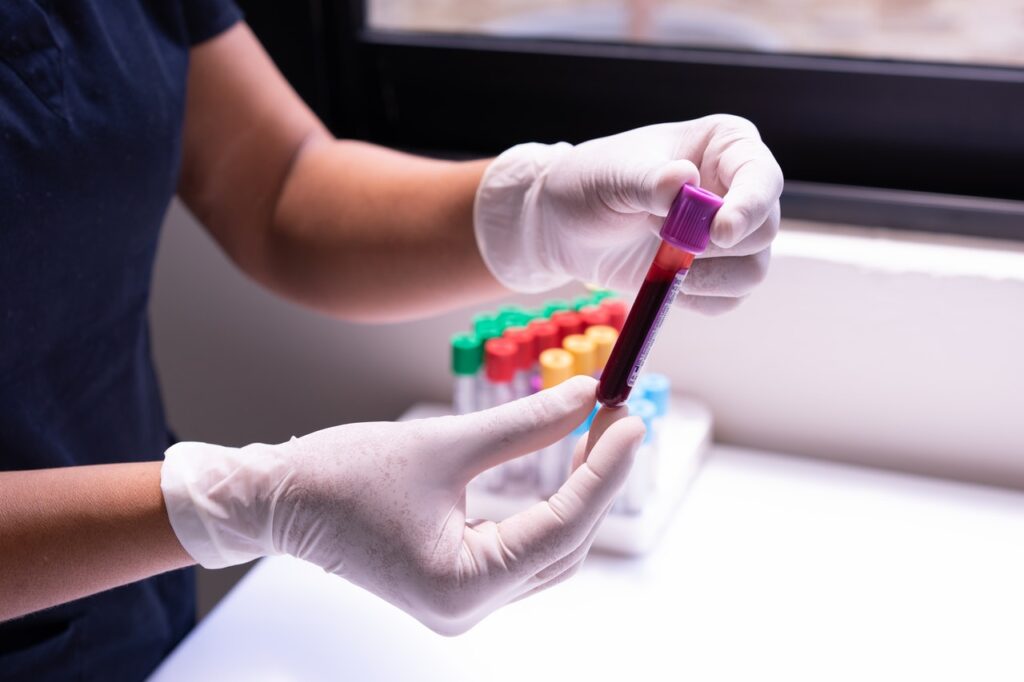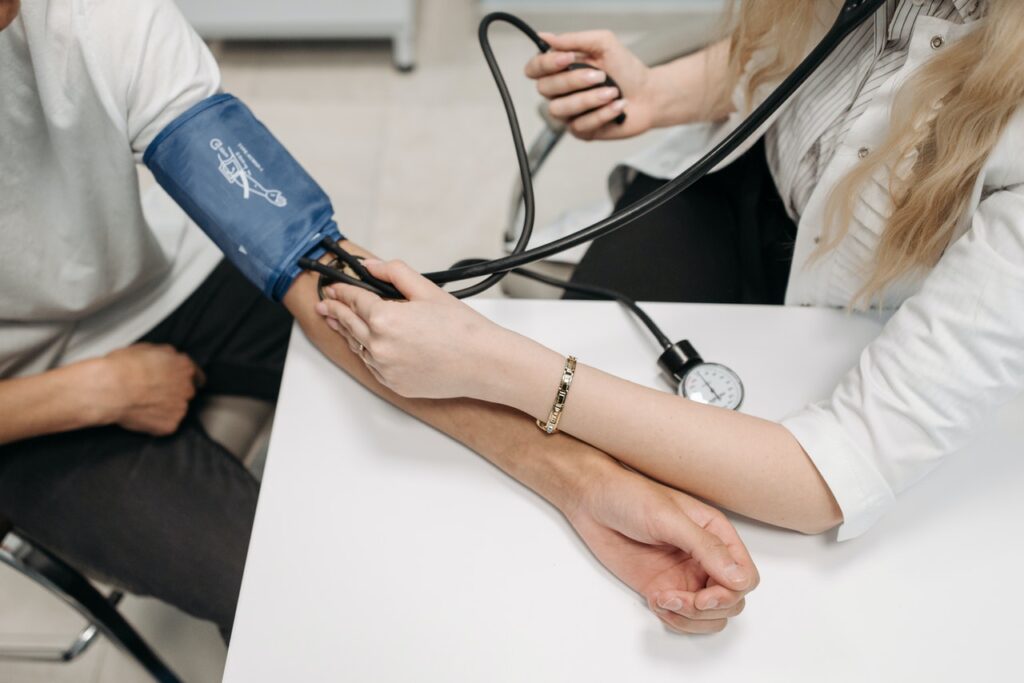“Transformational.”
“Life Changing potential.”
A landmark CRISPR trial is using the power of the CRISPR cas-9 gene editing tool to tackle diseases that were deemed “incurable”.
After three years of research and development has produced some exciting results, giving hope to patients suffering from two red blood diseases – beta-thalassemia and sickle cell disease (Hardy, 2021).
This is the first CRISPR gene trial held in the United States, launched in 2019 by pharmaceutical companies CRISPR Therapeutics and Vertex.
The purpose of the trial was to test CTX001 – an experimental treatment that uses CRISPR gene editing to change a specific gene, which results in an increase in fetal hemoglobin in patients’ red blood cells.
Hemoglobin is an protein found in red blood cells that carries oxygen from our lungs to our cells, tissues and organs (Elridge, 2021).It is a vital ingredient for a healthy functioning body and internal systems. So, when someone doesn’t have enough red blood cells (or the ones they have do not work properly) their bodies are deprived of the oxygen it needs to function.

These diseases are terrible afflictions.
They reduce both the lifespan and quality of life of those suffering from them.
Beta thalassemia is an inherited blood disorder caused by damaged or missing genes (hopkinsmedicine.org, 2021). This genetic irregularity reduces the production of hemoglobin in the patients’ red blood cells, causing anemia.
Symptoms include pale skin, poor appetite, slowed growth, extreme tiredness, and jaundice. Without treatment, it is likely that the spleen, liver, and heart will become enlarged. Bones can also become thin, brittle, and deformed. Patients often require frequent blood transfusions and are not likely to live a normal lifespan. Although blood transfusions are necessary, they are a double -edged sword as they can cause iron build-up in the heart and other organs which could cause heart failure.
Sickle cell disease is another rare blood condition which affects red blood cells. In this case patients are born with red blood cells that misshapen, rigid, and sticky. These red blood cells resemble crescent moons or sickles – which is why it’s referred to as sickle cell disease.
Symptoms include anemia, episodes of pain, swollen hands and feet, infections, delayed growth and vision problems. The disease can also lead to a variety of conditions such as strokes and pulmonary hypertension (MayoClinic.org, 2021). Treatment for the disease includes medications and blood transfusions. The aim of these treatments is to manage episodes, relieve symptoms and prevent complications. But they are not a cure.
With such high stakes, It’s no wonder the scientific and research community are so excited by the study’s results.
One of the researchers from the study, Stephen Grupp, described the study and potential new therapy as “transformational” and “life-changing”.

The results showed that all patients demonstrated sustained increases in fetal hemoglobin and total hemoglobin. Cells that, prior to the treatment, their bodies either produced irregularly, or not at all.
None of the Beta Thalassemia participants needed blood transfusions – a treatment that many received frequently before the trial.
And none of the sickle cell patients experienced vaso-occlusive crises – the primary clinical indication of disease.
NONE of the patients.
That’s a very rare statistic in medical research trials.
While doctors, researchers, and patients are excited about these findings, the trial is still ongoing and patients will be monitored over the long-term to see if these promising outcomes continue (Medicalexpress, 2021).
Reference
- Eldridge, L. (2021). Hemoglobin Importance Within the Body. Retrieved from: https://www.verywellhealth.com/importance-of-hemoglobin-2249107
- Hardy, R. (2021). CRISPR therapy for rare blood disease delivers “life-changing” results. Retrieved from: https://newatlas.com/medical/crispr-gene-therapy-rare-blood-disease-ctx001-vertex/
- What is beta thalassemia? (2021).Retrieved from: https://www.hopkinsmedicine.org/health/conditions-and-diseases/beta-thalassemia
- Positive preliminary data on CRISPR treatment for blood diseases ().Children’s Hospital of Philadelphia. Retrieved from: https://medicalxpress.com/news/2021-08-positive-preliminary-crispr-treatment-blood.html
Sickle cell anemia (2021). Retrieved from: https://www.mayoclinic.org/diseases-conditions/sickle-cell-anemia/symptoms-causes/syc-20355876
